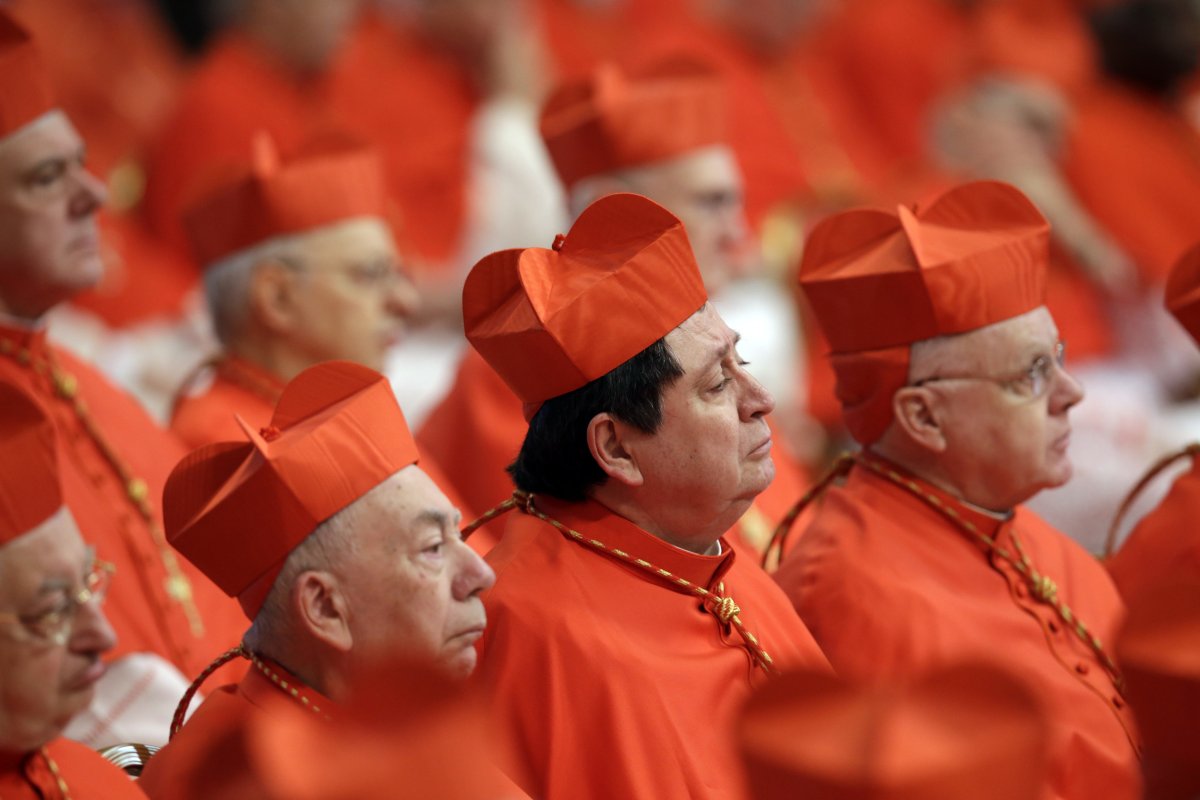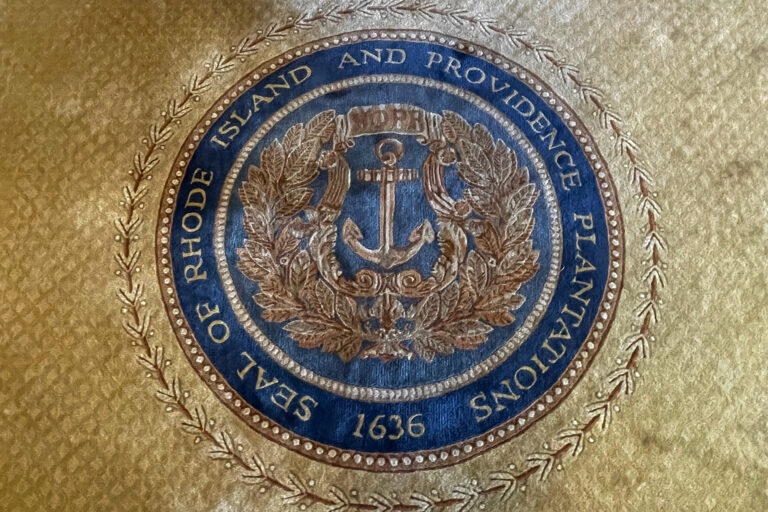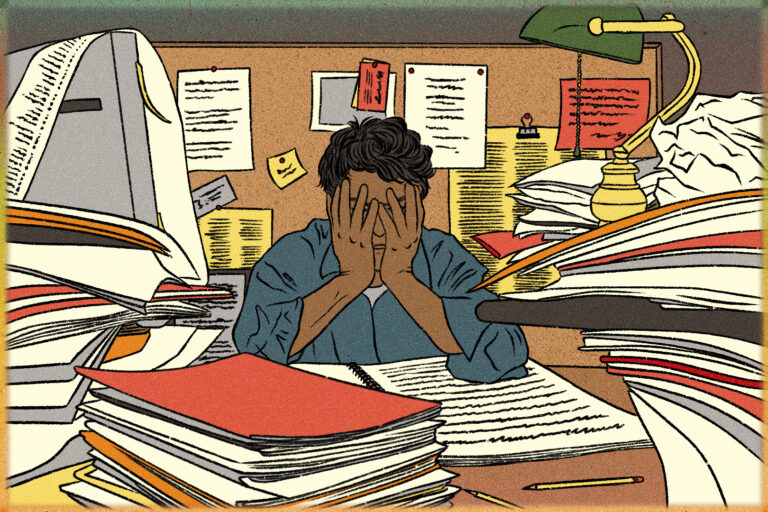
The Catholic Church follows a centuries-old process to elect a new pope, known as the papal conclave, which occurs after a pope dies or resigns. Following the death of Pope Francis at age 88, the Catholic Church must now begin the process of electing a new leader.
Why It Matters
The pope leads the world’s 1.3 billion Catholics and plays a significant role in global affairs. With Pope Francis’ death, the church must now transition to new leadership. The election of a new pope will influence not only religious matters but also international relations and social policies.
The last papal election took place in 2013 after Pope Benedict XVI became the first pope in nearly 600 years to resign, citing advanced age and declining health. Historically, popes have served until death.
Following Benedict’s resignation, the College of Cardinals elected Pope Francis, who became the first pope from Latin America and the first Jesuit to hold the position.

Andrew Medichini/AP Photos
How Is a New Pope Chosen?
According to the United States Conference of Catholic Bishops, the process of choosing a new pope begins with the College of Cardinals, who are responsible for electing the next leader of the Catholic Church.
The cardinals gather in the Vatican for discussions and prayerful deliberation before entering the conclave, where the voting takes place. During these discussions, they consider the needs and challenges facing the Catholic Church globally, including theological issues, political concerns and pastoral priorities. Only cardinals under age 80 are eligible to vote, and the election continues until a candidate secures a two-thirds majority. Once elected, the new pope selects a papal name and is formally introduced to the world from the balcony of St. Peter’s Basilica.
What Is the Papal Conclave?
The papal conclave is the process by which a new pope is elected. It is a gathering of the College of Cardinals, who meet in the Sistine Chapel under strict secrecy to cast their votes.
Ballots are counted and burned after each round—black smoke signals an inconclusive vote, while white smoke announces an election. The conclave is initiated following the death or resignation of a pope and is designed to ensure a prayerful and deliberate decision.
The election process can take days. In previous centuries, it has gone on for weeks or months, and some cardinals have even died during conclaves. Once a new pope is chosen, he selects a papal name and steps onto St. Peter’s Basilica’s balcony to give his first blessing.
What Does the Pope Do?
The pope serves as the leader of the Catholic Church and the Bishop of Rome. His responsibilities include providing spiritual guidance, appointing bishops, overseeing Church doctrine, and engaging in diplomatic efforts. He also plays a critical role in addressing global humanitarian and ethical issues.
Where Does the Pope Live?
The pope resides in the Apostolic Palace in Vatican City. This official residence includes private living quarters, offices and chapels. While some past popes have lived in grander accommodations, Pope Francis chose a more modest living space in the Vatican’s Casa Santa Marta guesthouse.
Does the Pope Get Paid?
The pope does not receive a salary. His needs, including housing, travel and daily expenses, are covered by the Vatican. While the position does not come with financial compensation, the pope has access to the Vatican’s extensive resources to fulfill his duties.
What Happens Next
With Pope Francis’ death, the College of Cardinals will gather to elect his successor. The new pope, once elected, will face significant challenges, including addressing internal church divisions, navigating global conflicts, and continuing efforts toward social justice and interfaith dialogue.




